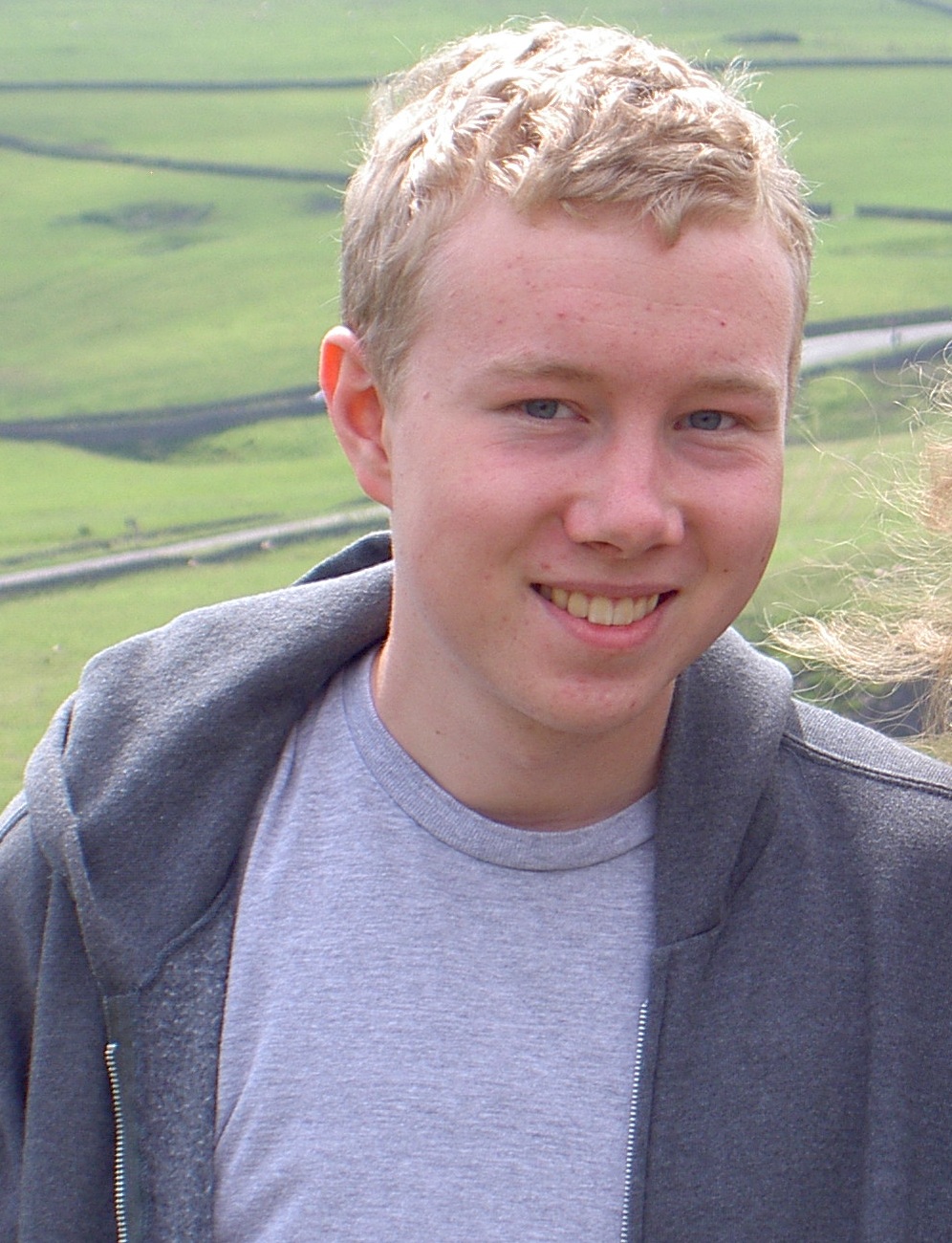The mistakes that were made mostly seemed reasonable. For instance when identifying:
 The top three choices from my algorithm were: 1:
The top three choices from my algorithm were: 1: 2:
2: 3:
3:
or when identifying:
 The top three choices were: 1:
The top three choices were: 1: 2:
2: 3:
3:
(3 is the correct answer in both cases)
All these faces are pretty similar, especially when we consider the fact the we are using grayscale so one of the most obvoius deciding factor here, skin color, is much harder to see. Otherwise the faces all have similiar shapes and the eyes, mouth, and nose are all in similar position so it is easy to see why the algorithm got them confused. At the least in these cases and in every other case I looked at the right answer would be within the top 5 guesses.
 The top three choices from my algorithm were: 1:
The top three choices from my algorithm were: 1: 2:
2: 3:
3:
or when identifying:
 The top three choices were: 1:
The top three choices were: 1: 2:
2: 3:
3:
(3 is the correct answer in both cases)
All these faces are pretty similar, especially when we consider the fact the we are using grayscale so one of the most obvoius deciding factor here, skin color, is much harder to see. Otherwise the faces all have similiar shapes and the eyes, mouth, and nose are all in similar position so it is easy to see why the algorithm got them confused. At the least in these cases and in every other case I looked at the right answer would be within the top 5 guesses.
 Average Face
Average Face 2:
2:  3:
3: 4:
4: 5:
5:
 7:
7: 8:
8: 9:
9: 10:
10:

 Was cropped to: ->
Was cropped to: ->  (awwww)
(awwww) was cropped to ->
was cropped to -> 


